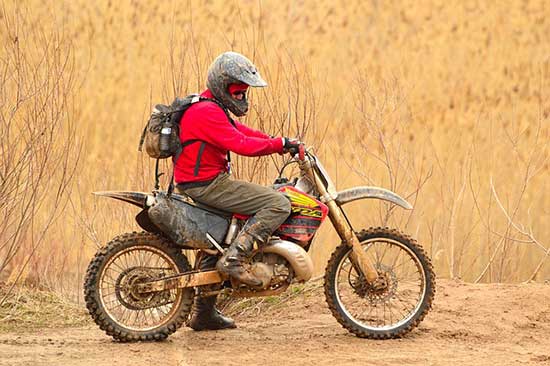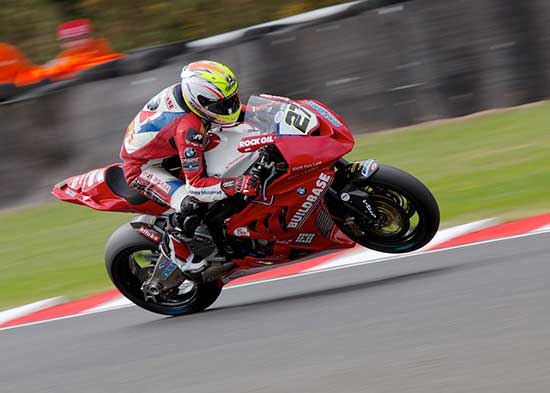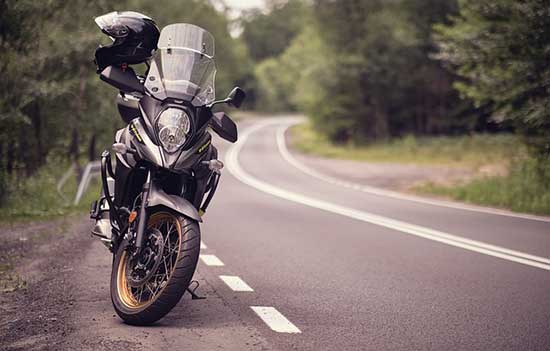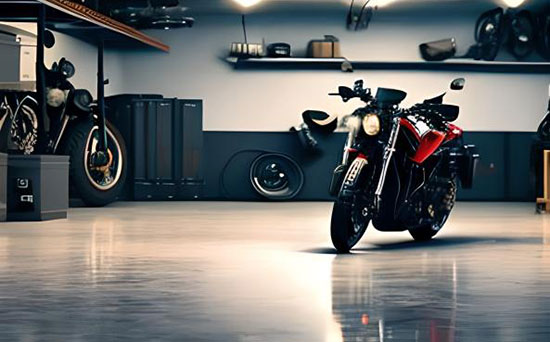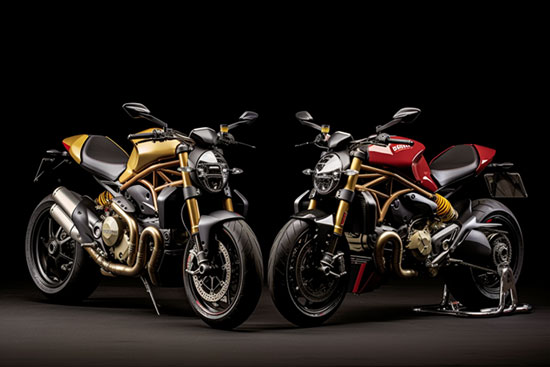By the end of this guide, you’ll have a clear understanding of the importance of rev-matching and how to implement it in your riding technique.
Contents
Understanding Rev-Matching: What It Is and How It Works
Rev-matching, or throttle blipping, is a technique used by motorcyclists to match the engine speed (measured in revolutions per minute or RPM) with the rear wheel speed during a downshift.
This process helps to maintain a smooth and stable transition between gears, reducing the likelihood of rear wheel lockup or unsettling the motorcycle’s balance.
When downshifting, the engine speed must increase to match the lower gear ratio.
By rev-matching, you’re essentially pre-emptively increasing the engine speed before releasing the clutch, creating a seamless transition that minimizes stress on the drivetrain components.
Benefits of Rev-Matching While Downshifting
Rev-matching offers several advantages for motorcycle riders, including:
- Smoother gear changes: By matching the engine speed with the lower gear, you’ll experience a more fluid gear change that prevents abrupt shifts in power and torque.
- Reduced wear on components: Rev-matching minimizes the stress on the clutch, transmission, and drivetrain, prolonging their lifespan and reducing maintenance costs.
- Improved stability and control: Smooth gear changes help maintain the motorcycle’s balance, providing better traction and control during cornering or braking.
- Enhanced riding experience: Mastering rev-matching can elevate your overall riding experience, making it more enjoyable and engaging.
The Process of Rev-Matching: A Step-by-Step Guide
Follow these steps to perform a rev-matched downshift on your motorcycle:
- Begin by applying both the front and rear brakes as needed.
- Pull in the clutch lever.
- Shift to a lower gear using the gear shift lever.
- Briefly “blip” the throttle to raise the engine RPM, matching the lower gear speed.
- Gradually release the clutch lever while maintaining throttle input.
- Adjust the throttle as necessary to maintain a smooth and steady speed.
Is Rev-Matching Necessary for All Riders?
While rev-matching is not mandatory for every rider, it is highly recommended for those seeking to improve their riding technique, enhance control, and prolong the life of their motorcycle components.
Rev-matching is particularly beneficial for sportbike riders and those who engage in spirited riding, as it allows for smoother and more controlled cornering and braking.
That said, beginner riders may find rev-matching challenging at first, as it requires precise coordination between the throttle, clutch, and gear shift lever.
However, with practice and patience, it can become second nature and greatly enhance their riding experience.
Common Rev-Matching Mistakes and How to Avoid Them
Here are some common rev-matching mistakes to watch out for, along with tips on how to avoid them:
- Over-revving: Too much throttle input can cause excessive engine RPM, leading to a jerky downshift. Practice using a gentle throttle blip to achieve the appropriate RPM increase for a smooth transition.
- Releasing the clutch too quickly: Abruptly releasing the clutch can result in a sudden surge of power, causing the motorcycle to lurch forward or the rear wheel to lock up. Gradually release the clutch while maintaining steady throttle input to avoid this issue.
- Not applying brakes properly: Ensure you’re applying both the front and rear brakes as needed before initiating the rev-matching process. Proper braking technique is crucial for maintaining stability and control during downshifting.
- Poor timing: Rev-matching requires precise timing to synchronize the throttle blip with the gear change. Practice makes perfect—take the time to develop a feel for your motorcycle’s specific gear ratios and engine response.
Conclusion: Mastering Rev-Matching for Smoother and Safer Riding
In conclusion, rev-matching is an essential skill for motorcyclists seeking to improve their riding technique, stability, and control.
Although it may not be necessary for all riders, mastering rev-matching can lead to a more enjoyable and engaging riding experience while prolonging the life of your motorcycle’s components.
By understanding the mechanics of rev-matching, following our step-by-step guide, and avoiding common mistakes, you’ll be well on your way to achieving smoother and safer downshifts.
With practice, patience, and persistence, you can master the art of rev-matching and elevate your overall riding experience.

